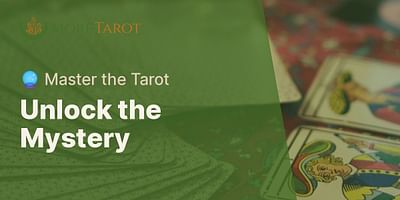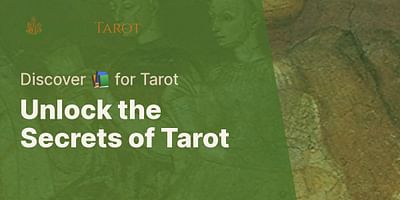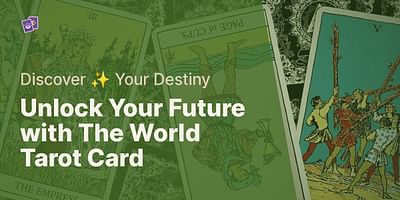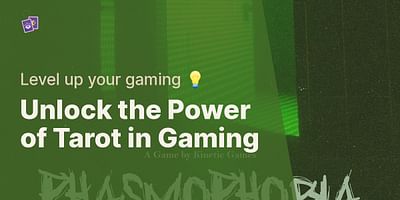Aurore Harris is a certified Tarot reader and accomplished astrologer. Utilizing her deep understanding of both Tarot and astrology, she offers comprehensive readings designed to guide individuals towards understanding their life's purpose and full potential. In addition, Aurore pens insightful weekly horoscopes and Tarot forecasts.
Yes, absolutely! If you're new to the world of Tarot and eager to learn how to read Tarot cards, you've come to the right place. In this beginner's guide, I'll walk you through the basics of Tarot card reading, providing you with the tools and knowledge you need to embark on your Tarot journey.
Tarot cards are a powerful tool for self-reflection, guidance, and personal growth. They can help you gain insight into your life, make decisions, and tap into your intuition. But before we dive into the meanings of individual cards, let's start with the fundamentals.
1. Choosing the Right Tarot Deck: The first step is to find a Tarot deck that resonates with you. There are countless decks available, each with its own unique artwork and symbolism. Take your time to explore different decks and choose one that speaks to you on a deep level.
2. Understanding the Structure: A standard Tarot deck consists of 78 cards, divided into two main groups: the Major Arcana and the Minor Arcana. The Major Arcana represents significant life events and spiritual lessons, while the Minor Arcana reflects everyday experiences and emotions.
3. Learning the Tarot Card Meanings: Familiarize yourself with the meanings of each card. Start by studying the Major Arcana, as these cards hold the most profound symbolism. Each card has its own unique interpretation, but also connects to broader themes and archetypes. Take your time to absorb the meanings and trust your intuition as you explore the cards.
4. Connecting with Your Intuition: Tarot is not just about memorizing card meanings; it's about tapping into your intuition and developing a personal connection with the cards. Allow yourself to feel the energy of each card and trust your instincts when interpreting their messages.
5. Conducting a Tarot Reading: Once you feel comfortable with the card meanings, you can start conducting your own Tarot readings. Begin with simple spreads, such as the three-card spread or the Celtic Cross spread. As you gain confidence, you can experiment with more complex spreads and intuitive reading techniques.
6. Journaling and Reflection: Keep a Tarot journal to record your readings, insights, and personal interpretations. Journaling allows you to track your progress, deepen your understanding of the cards, and reflect on the patterns and themes that emerge in your readings.
7. Seeking Guidance and Practice: Don't hesitate to seek guidance from experienced Tarot readers or join Tarot communities online or in your local area. Engaging with others who share your passion can provide valuable insights and support on your Tarot journey.
Remember, Tarot is a deeply personal practice, and there are no right or wrong interpretations. Trust yourself, embrace your intuition, and let the cards guide you on your path of self-discovery and spiritual growth.
I hope this beginner's guide has provided you with a solid foundation for reading Tarot cards. Remember, practice makes perfect, so don't be afraid to dive in and explore the magical world of Tarot. Happy reading!















